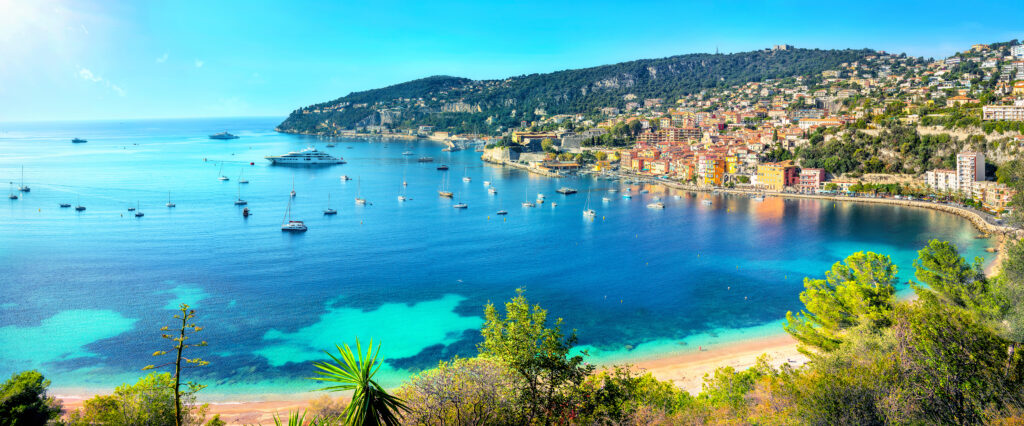In The New York Times, Nick Haramis details Coco Chanel’s home in the French Riviera, which explains Haramis, was dubbed “a sunny place for shady people” by the Paris-born British writer W. Somerset Maugham. Haramis begins:
IN THE 1920S, the Côte d’Azur, that 430-mile stretch of rugged cliffs and blue waters on the southeastern edge of France, was a popular destination for what Gertrude Stein would call the Lost Generation, a loose-knit community of expatriate writers and artists. Ernest Hemingway, Dorothy Parker, Cole Porter and Virginia Woolf all spent summers there; in 1924, F. Scott Fitzgerald finished a draft of his third novel, “The Great Gatsby,” in a rental home in Saint-Raphaël. By the time Gabrielle Chanel arrived in 1928 — the Parisian couturier, then 45 and known as Coco, purchased a pink bungalow on a five-acre olive orchard with fields of lavender in Roquebrune-Cap-Martin, just east of Monaco — the French Riviera had established itself, as the Paris-born British writer W. Somerset Maugham would later put it, as “a sunny place for shady people.”
Chanel had the 1911 building torn down but kept its name, La Pausa, which, according to a 1914 New York Times piece about its original owners, the writers Charles Norris and Alice Muriel Williamson, nodded to the legend that the Virgin Mary, “disguised as a peasant, once came down to earth from heaven to test the region’s reputation for wickedness and found in that spot the only place where she was invited to take repose.” The Irish furniture designer and architect Eileen Gray was building her own villa, a Modernist masterpiece, just down the road, and other neighbors had embraced the various styles of the era: Renaissance Revival, Moorish, Belle Époque. But Chanel commissioned Robert Streitz, a relatively untested Belgian-born architect, to come up with an almost minimalist home that conjured the austere beauty of Aubazine Abbey, the Cistercian monastery in France’s Corrèze region where she is said to have passed much of her time as a teenager, along with her two sisters and her aunt Adrienne, who boarded there. “What genius to have spent all that money and for it not to show!” said the jeweler Fulco di Verdura.
Read more here.
If you’re willing to fight for Main Street America, click here to sign up for my free weekly email.





